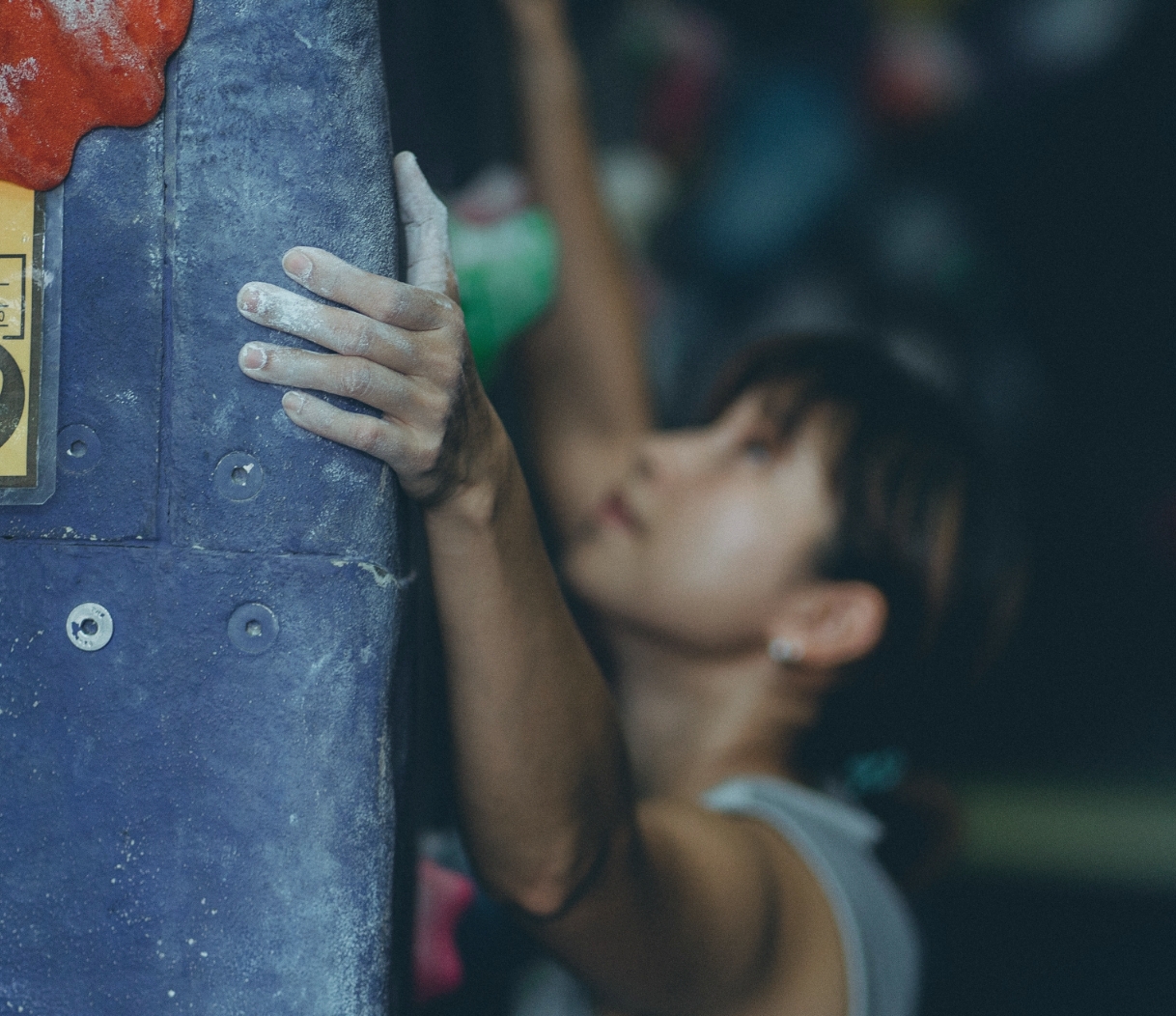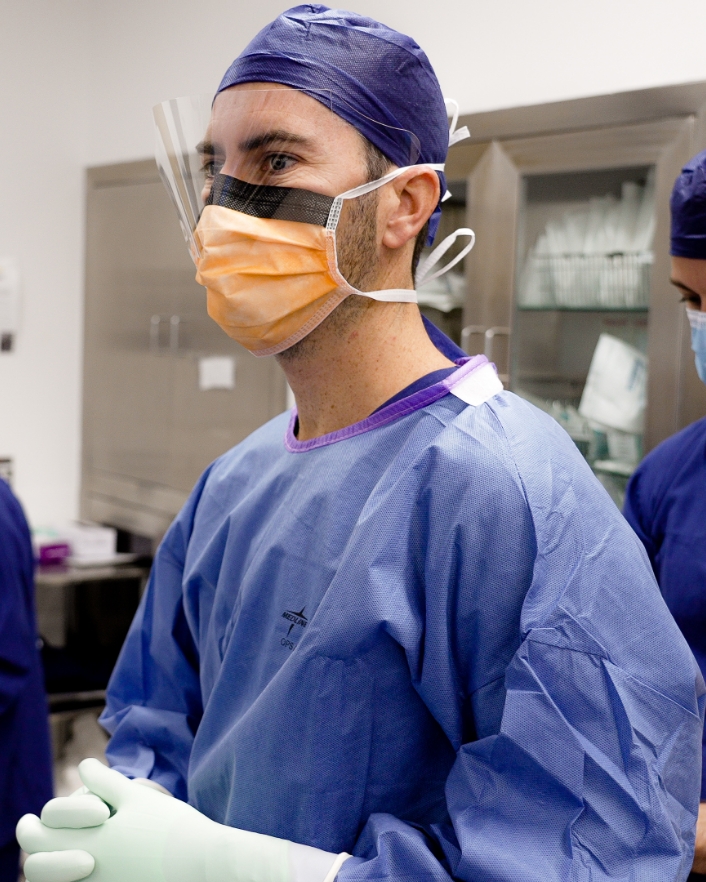De Quervain's
Wrist Pain Management by Orthopaedic
Hand Specialist Dr Oscar Brumby-Rendell
De Quervain’s Tenosynovitis is a painful condition that affects the tendons on the thumb side of the wrist. It occurs when the tendons that control thumb movement become inflamed or irritated, often due to overuse or repetitive wrist motion.
Dr Oscar Brumby-Rendell is a fellowship-trained orthopaedic surgeon in Adelaide, specialising in hand and wrist conditions. He offers both non-surgical and surgical treatment options for De Quervain’s to help patients regain comfort and mobility.


What is De Quervain’s Tenosynovitis?
De Quervain’s Tenosynovitis is caused by inflammation of the sheath (synovium) that surrounds the abductor pollicis longus and extensor pollicis brevis tendons. These tendons are responsible for moving the thumb and are located along the radial (thumb-side) part of the wrist.
As the tendons become irritated, they rub against the tight tunnel through which they pass, causing pain, swelling, and restricted movement.
Common Causes and Risk Factors
This condition is typically related to repetitive strain or overuse of the wrist and thumb, especially in activities involving gripping, lifting, or twisting motions.
Risk factors include:
-
Repetitive wrist/thumb movements (e.g. lifting children, gardening, sports)
-
Prolonged smartphone use
-
New mothers (commonly seen in postpartum women)
-
Manual labor or factory work
-
Inflammatory conditions, such as rheumatoid arthritis
-
Direct trauma to the wrist or base of the thumb
Symptoms of De Quervain's
Symptoms of this condition include:
- Base of thumb swelling and pain
- Index finger and back of thumb numbness
- Inability or trouble performing pinching or grasping motions
- Squeaking sounds in tendons when moving
- Feeling that the thumb is snapping backwards or 'catching' when engaging in movement

Diagnosis of De Quervain's
You may wish to have a consultation with Dr Oscar Brumby-Rendell if you have noticed any of the above symptoms. Here, Dr Brumby-Rendell will discuss your symptoms and physically examine your hand. Dr Brumby-Rendell will assess your thumb's appearance and the location of wrist tenderness and pain to make an evidence-based diagnosis.
The Finkelstein manoeuvre, a type of hand assessment, will also be conducted. In this assessment, Dr Brumby-Rendell will fold your thumb across the palm, and you will be required to flex your fingers and move your wrist downward.
To ensure accurate diagnosis for complex cases, X-rays may also be conducted.
Treatments
Non-Surgical Treatments
Treatment of De Quervain's tenosynovitis aims to relieve swelling and pain. Often, this is achieved by:
- Placing heat or ice on the sore area
- Consuming over-the-counter medicines, including Ibuprofen (which is an anti-inflammatory medicine)
- Ceasing involvement in pain-inducing activities and allowing the wrist to rest
- Immobilising the wrist through splint wearing
- Administering steroids to the tendon sheath through injections
You may also be prescribed specially designed exercises to reduce wrist stress. Such conservative treatment is often preferable to new mothers who cannot rest their wrists due to changing, breastfeeding and other care responsibilities which require them to lift their babies.
Most individuals with De Quervain's tenosynovitis who have utilised one or more of these treatment options notice symptom relief after around 4 weeks.
Surgical Treatments
If conservative measures have been ineffective, surgery may be beneficial, as it can reduce tendon pressure. This surgery aims to provide the tendons with a greater amount of space to decrease pressing or rubbing against surrounding structures. Here, the swollen tendons' sheath is cut to allow freer gliding.
This procedure is conducted in a hospital operating theatre, and minimally invasive techniques are implemented where possible.
Locally and internationally trained Dr Brumby-Rendell skilfully utilises minimally invasive (keyhole) techniques and keenly implements the latest technological advancements to improve patient recovery.
Dr Brumby-Rendell will advise you on the most beneficial steps for treating your condition, and he will provide you with information regarding your surgical procedure and post-surgery recovery plan.

Post-Surgical Recovery
For rehabilitation, you will perform various exercises to strengthen muscles, promote proper tendons movement, and decrease the risk of adhesions from scar tissue. Generally, it takes approximately 6 weeks for patients to fully recommence pain-free, normal activity.
How Dr Oscar Brumby-Rendell can help
Dr Oscar Brumby-Rendell provides consultation and treatment in Adelaide for various hand and wrist conditions.
Dr Oscar Brumby-Rendell has extensive upper limb experience in areas of diagnosis, treatment and surgery. In your consultation, Dr Oscar Brumby-Rendell will develop a treatment plan with you to ensure the best possible results for your hand or wrist condition.
Click for more information regarding shoulder, hand, wrist, and elbow conditions which Dr Oscar Brumby-Rendell has experience in treating.
Ready to learn more?
Learn more wrist-related issues with the help of Dr Oscar Brumby-Rendell. If you want to contact us click on the link below to set up your schedule today!
Once you have a referral…
Book your consultation here.
